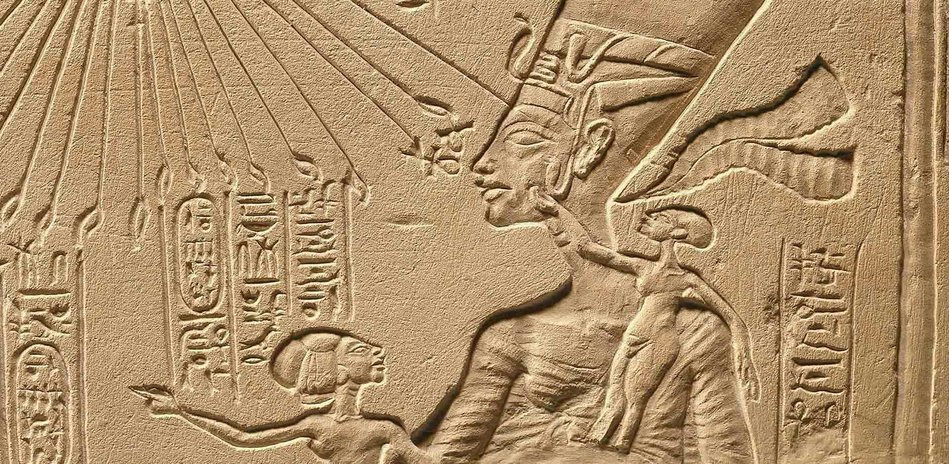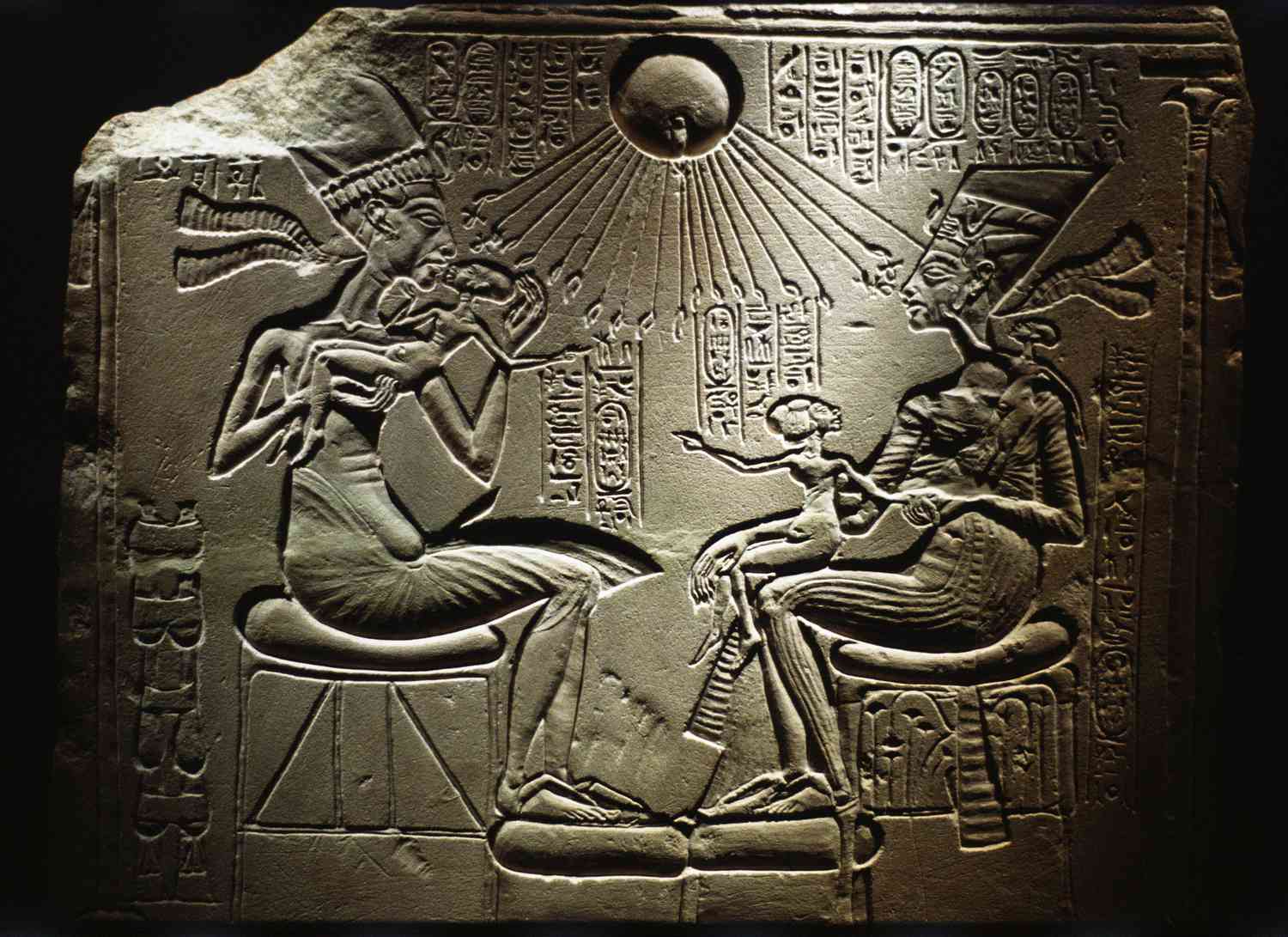Introduction
Nefertiti, the great royal wife of Amenhotep IV (later known as Akhenaten), is one of the most recognized and mysterious figures in ancient Egyptian history. Her striking beauty and regal presence have captivated scholars and the public alike for centuries. However, Nefertiti was far more than just a pretty face – she was a powerful and influential woman who played a pivotal role in the religious and political transformations that occurred during her husband’s reign.

In this comprehensive blog post, we will delve into the life and legacy of Nefertiti, exploring her role as a co-regent, her influence on the religious and artistic revolution of the Amarna period, and the enduring mystery surrounding her ultimate fate. By examining the historical accounts and archaeological evidence, we will uncover the true depth and significance of Nefertiti’s remarkable story.
The Rise of Nefertiti
Nefertiti’s origins are shrouded in mystery, but it is believed that she was born around 1370 BCE to a prominent family with strong ties to the royal court. Her father, Ay, was a high-ranking official and close advisor to the pharaoh, while her mother, Tey, held the prestigious title of “Wet Nurse of the King’s Great Wife.” This prestigious lineage likely played a significant role in Nefertiti’s rise to prominence.
In her late teens or early twenties, Nefertiti married Amenhotep IV, the young and ambitious son of the powerful pharaoh Amenhotep III. At the time of their marriage, Amenhotep IV was the crown prince, but he would soon ascend to the throne and embark on a radical transformation of Egyptian society.
The Amarna Revolution
Amenhotep IV’s reign marked a significant shift in the religious and political landscape of ancient Egypt. Shortly after taking the throne, the young pharaoh changed his name to Akhenaten and initiated a sweeping religious reform that would become known as the Amarna Revolution.

Akhenaten’s primary focus was the worship of a single deity, the solar disk known as the Aten. He sought to replace the traditional polytheistic system with a new, monotheistic religion centered on the Aten. This dramatic shift in religious ideology was accompanied by the relocation of the capital from Thebes to a new city called Akhetaten, or “Horizon of the Aten,” which was built specifically to serve as the center of the Aten cult.
Nefertiti played a crucial role in this religious and political transformation. As Akhenaten’s Great Royal Wife, she was not only his partner in life but also his co-regent and a powerful figure in her own right. Nefertiti’s influence is evident in the artistic depictions of the royal couple, where she is often shown alongside Akhenaten, sometimes even performing religious rituals traditionally reserved for the pharaoh.
The Artistic Revolution of the Amarna Period
The Amarna period was a time of remarkable artistic innovation and experimentation. Akhenaten’s new religious ideology was reflected in the art and architecture of the era, which departed significantly from the traditional Egyptian style. The images of the royal family, including Nefertiti, were characterized by a more naturalistic and expressive approach, with an emphasis on the human form and emotional expression.
One of the most famous and iconic examples of Amarna art is the exquisite bust of Nefertiti, discovered in 1912 by the German archaeologist Ludwig Borchardt. This stunning work of art, now housed in the Neues Museum in Berlin, has become a symbol of Nefertiti’s beauty and the artistic achievements of the Amarna period.
The Mystery of Nefertiti’s Fate
Despite the wealth of information and artistic depictions of Nefertiti, the ultimate fate of the great royal wife remains a mystery. After Akhenaten’s death, his successors, including his son Tutankhamun, sought to erase the memory of the Amarna period and the worship of the Aten. Many of the artworks and monuments featuring Nefertiti and her family were defaced or destroyed, making it difficult for modern scholars to piece together the full story.

Several theories have been proposed regarding Nefertiti’s final days. Some scholars believe that she may have briefly ruled as pharaoh herself, either as Neferneferuaten or under the name Smenkhkare, before her death or disappearance. Others suggest that she may have been exiled or even executed by Akhenaten’s successors, who sought to eliminate any remnants of the Amarna revolution.
Despite the uncertainty surrounding her ultimate fate, Nefertiti’s legacy as a powerful and influential woman in ancient Egypt remains undeniable. Her striking beauty, her role in the religious and political upheaval of the Amarna period, and the enduring mystery of her disappearance have all contributed to her enduring fame and fascination.
Conclusion
Nefertiti was far more than just a pretty face. She was a woman of immense power and influence, who played a crucial role in the dramatic religious and political changes that transformed ancient Egypt during the Amarna period. Through her artistic depictions, her co-regency with Akhenaten, and the enduring mystery surrounding her fate, Nefertiti has become an iconic figure in the annals of history, a testament to the remarkable achievements and enduring legacy of ancient Egyptian civilization.
As we continue to uncover new evidence and insights into Nefertiti’s life and times, her story remains a captivating and inspiring example of the power and resilience of women in the ancient world. By exploring her remarkable life and legacy, we gain a deeper understanding of the complex and fascinating history of one of the most enigmatic and influential figures in all of ancient Egypt.
